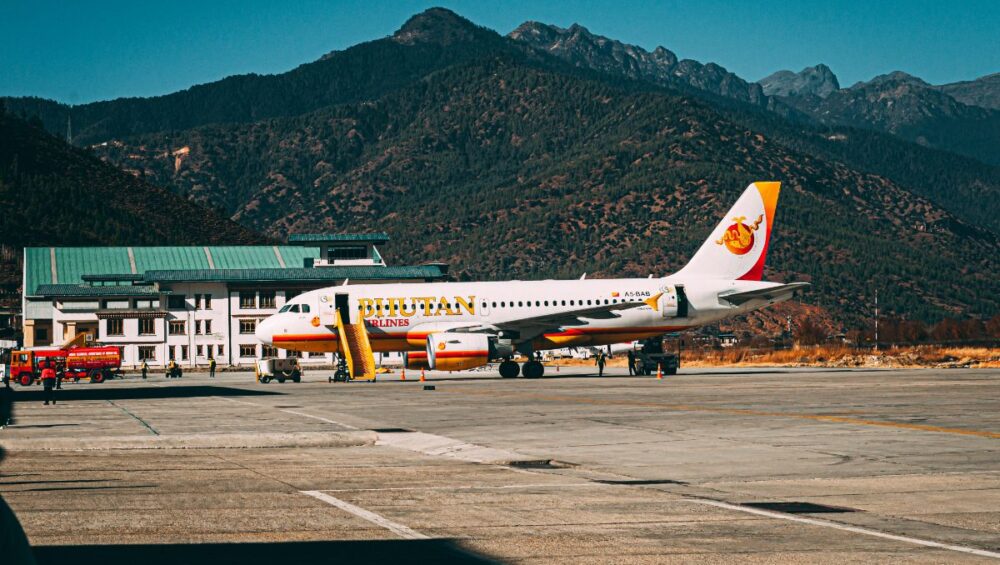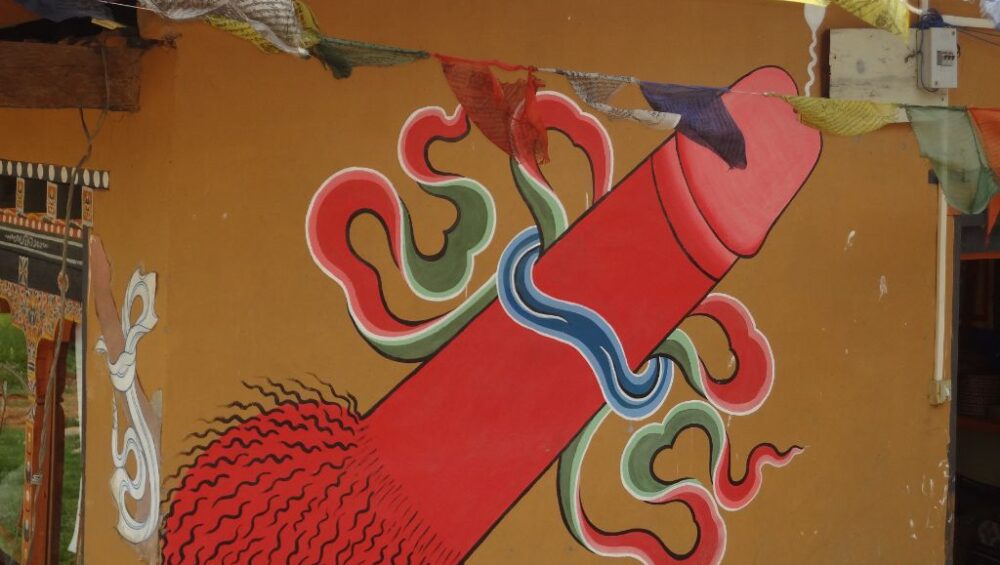Entry to Bhutan
By Air
With the introduction of the first private airlines, Bhutan Airlines, in October 2013, air services in the country change for better. With two airlines services now, including the Royal Bhutan Airlines, DrukAir, customers have found competitive prices with better facilities often introduced. While in flight you can glimpse the most spectacular sights of the Great Himalayas. You would come across mountains such as the Everest, Kanchenjunga, Jomolhari, and Kula Gangri. One of the most enchanting sights would be the Great Tibetan Plateau.
During the peak travelling seasons, especially through festivals in spring and autumn, we will book your tickets in advance to avoid the eleventh hour rush. Unlike other agents, we don’t charge any commission for this work. All you need to do is confirm your trip with Indostan Viajes Moto Adventure. The tickets will be issued once the foreign ministry approves your visa. Our staff will handle everything. Meanwhile, the flight schedules are available in the websites.
*Important- the visa information that you send for your ticket should be exactly the same as it is on your passport.
As the air tickets are issued only after the foreign ministry approves your visa it is only essential that you send us the passport information required to apply for your Bhutanese visa. It is to expedite the procedure. This process takes more than two weeks. Air tickets cannot be issued until the visa is approved.
By Land

India is the only connecting choice tourists travel to Bhutan through road. On this same route, you can also blend your travel experience spending in beautiful hill stations, Sikkim and Darjeeling in India. The focal point of connection is Silliguri in West Bengal. Silliguri is about 170km from Bhutan’s bordering town, Phuentsholing. It takes just about four hours drive to reach to Phuentsholing from Silliguri or otherwise. Meanwhile, you can use both railways and air to travel to Silliguri from other parts in India.
While driving towards Phuentsholing, you will come across endless tea gardens in West Bengal. From Phuentsholing it takes another five-hour drive to reach to Bhutan’s capital city Thimphu. If you are planning to explore more entry points in entering Bhutan through land, Samdrup Jongkhar and Gelephu are the two bordering towns in choice.













